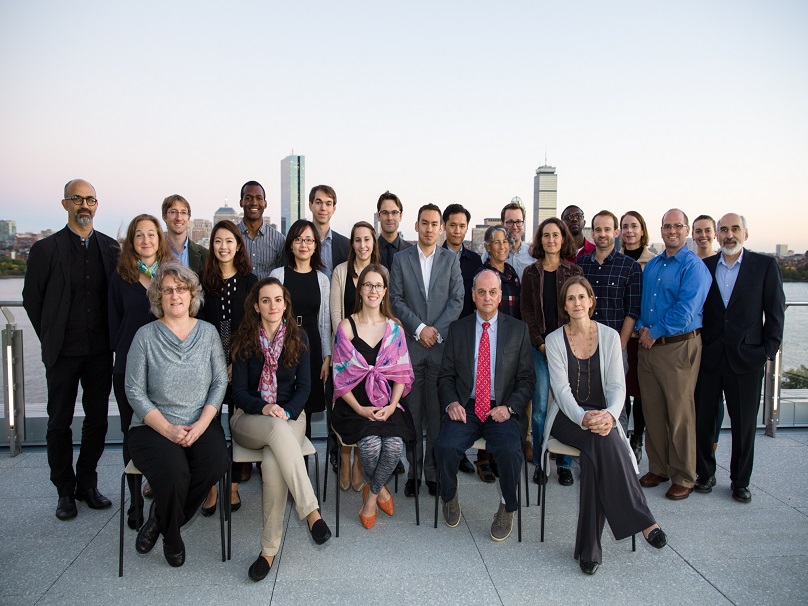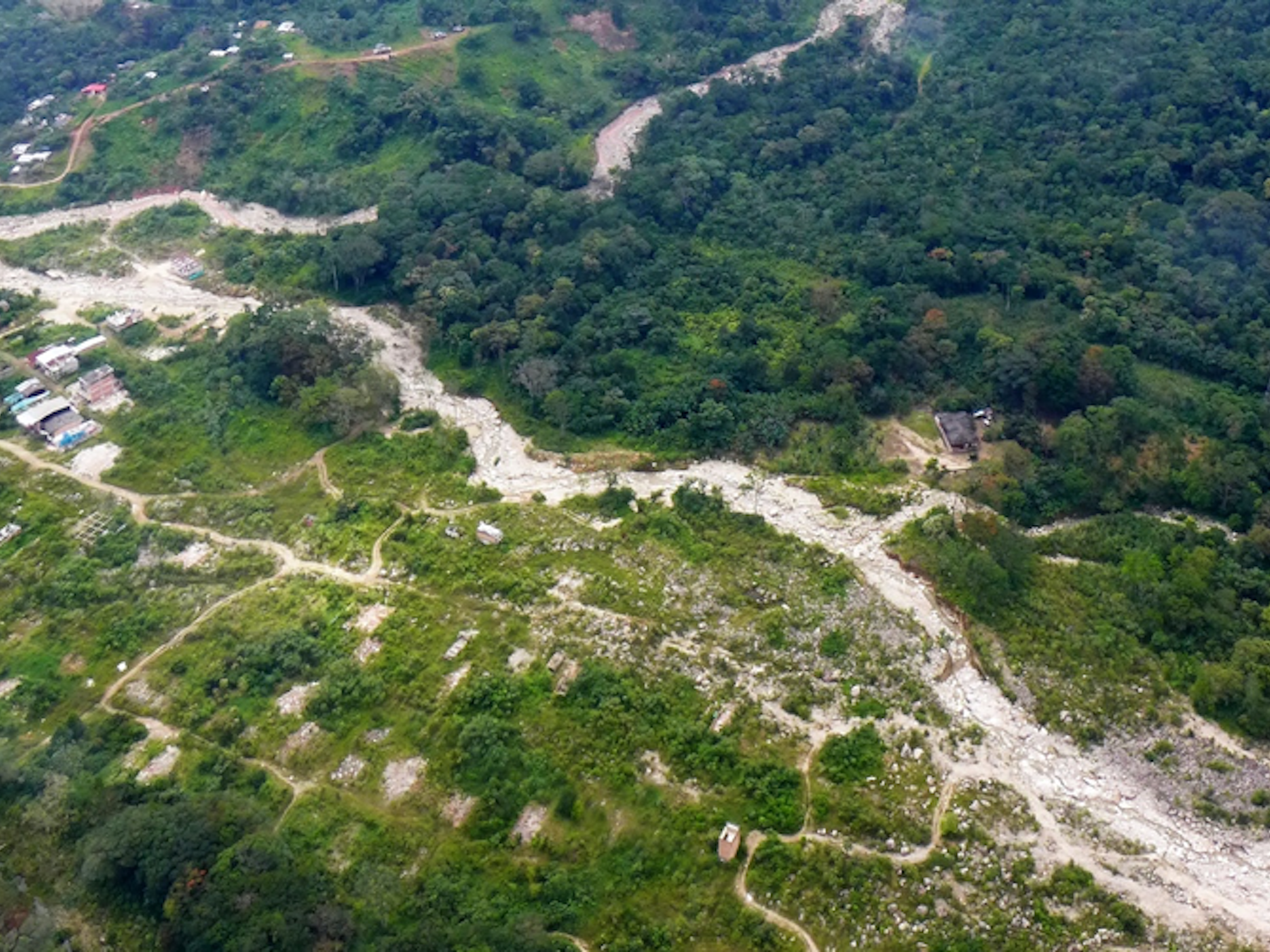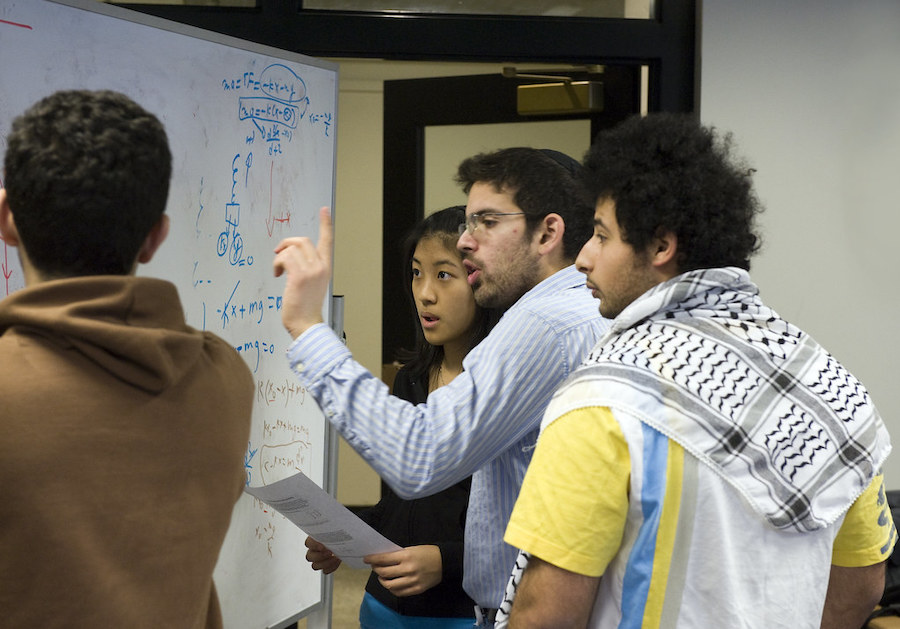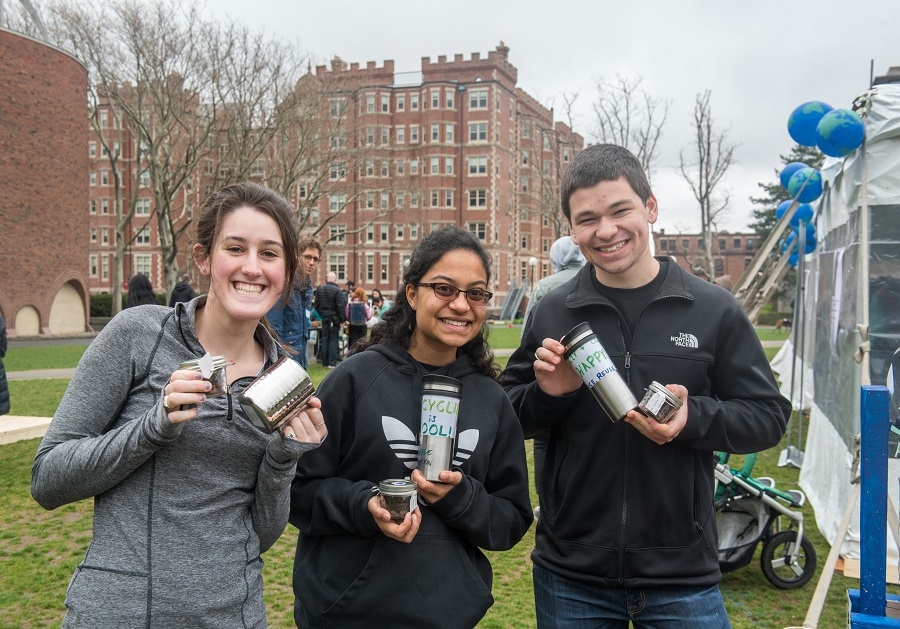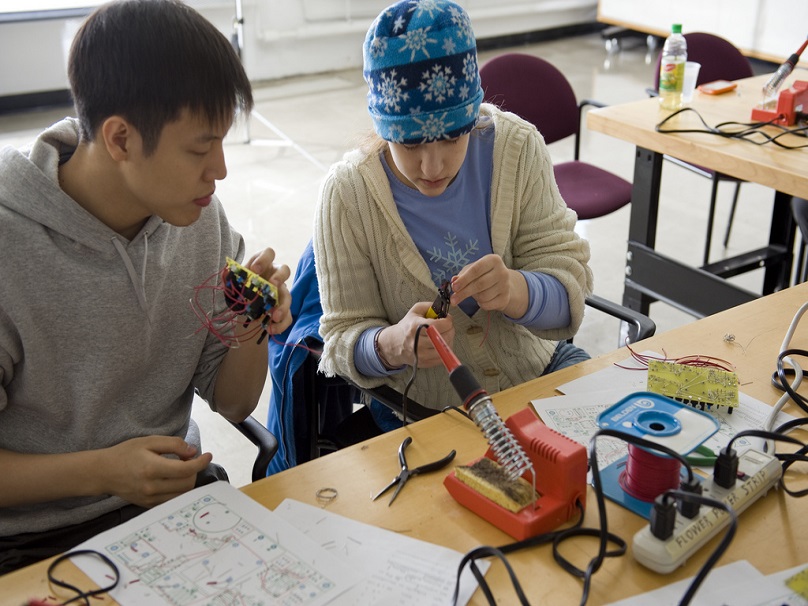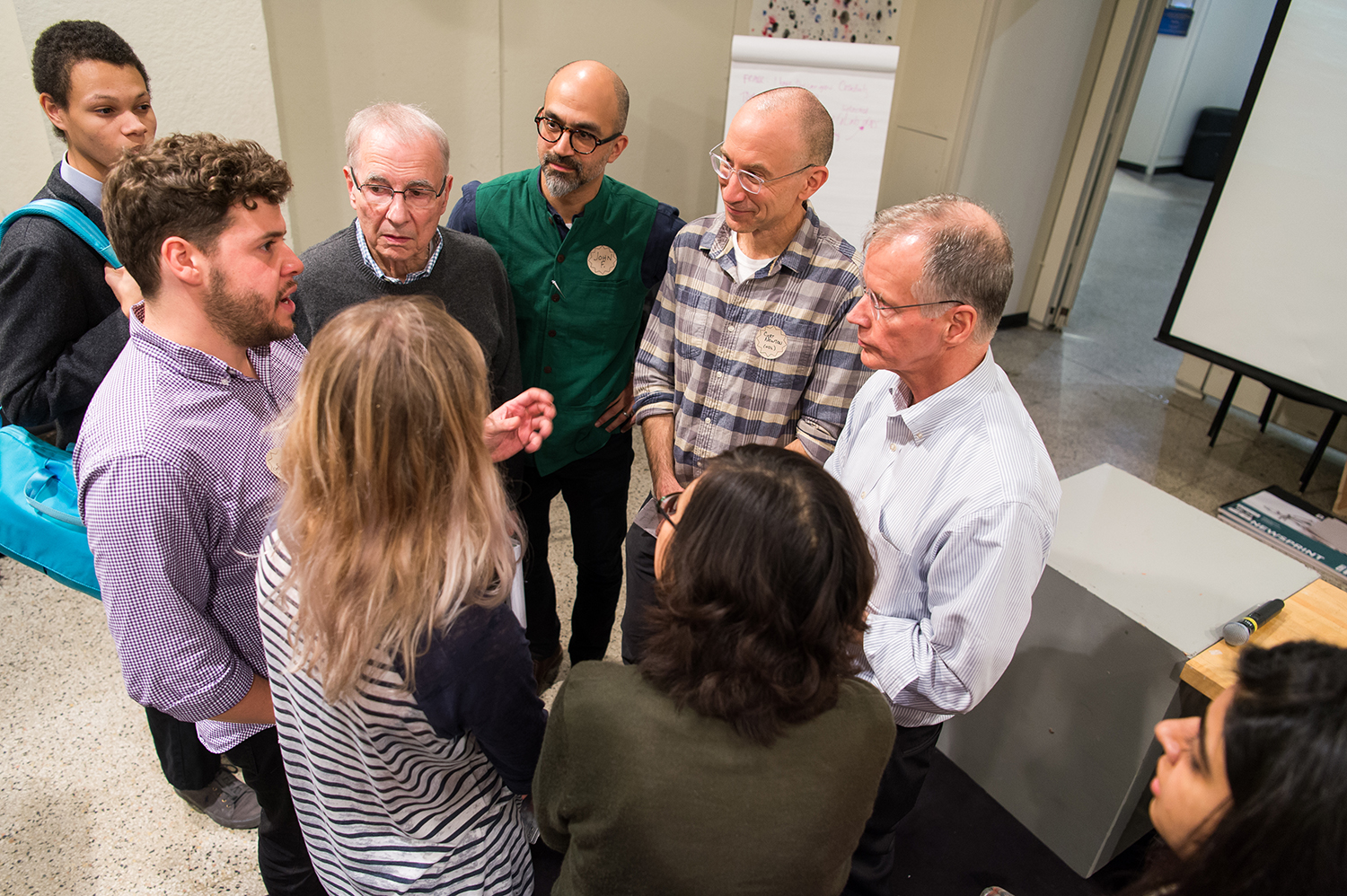Menu
ESI Stories
An Alliance of Cities Emerges to Protect a Biodiversity Hotspot: The Biogeographic Chocó Mega Ecological Corridor
By: Manuela Manzano, Research Assistant
The tropical lowland region situated between the Andes and the Pacific Coast in northwestern South America and southwestern Central America, referred to as the Biogeographic Chocó (BC), is widely regarded as one of the world’s top biodiversity hotspots due to high levels of species richness and endemism. It encompasses key ecosystems that are critical natural carbon sinks — such as mangroves, wetlands, and primary tropical forests — and yet the ecosystem is at a critical turning point with the expansion of illegal economic activities, such as illicit crops; illegal mining, logging, and wildlife trafficking; the migration crisis in the Darién sub-region; and unplanned urban expansion. Many of these are among the main drivers of biodiversity loss throughout the BC and exacerbate existing socio-economic vulnerabilities.
To protect the at-risk biodiversity hotspot, the Alliance of Cities for the Biogeographic Chocó (ACBC) was created to collectively promote biodiversity conservation at scale.
A New Model for Regional Cooperation
Launched in October of 2024 under the leadership of the City of Cali and within the framework of the Global Biodiversity Conference COP16 that took place in Cali, Colombia, the ACBC is composed of nine cities, including Limón (Costa Rica); Panama City and Colón (Panama); Quibdó, Buenaventura, Cali, and Tumaco (Colombia); and Manta and Guayaquil (Ecuador).
The Alliance was created under the premise that acting as a network of cities — by setting joint goals, strengthening collaboration and local capacities, and promoting collective action — is essential to accelerating the transition from extractive economies and environmental crimes to a model of regional economic development based on biodiversity, as well as advancing efforts in climate change mitigation and adaptation that strengthen the role of cities in the protection of the ecosystem and their resilience to climate threats.
The MIT ESI Natural Climate Solutions (NCS) Program, which supported the establishment of the Alliance, has now taken on the role of technical coordinator, helping bridge knowledge gaps around the biodiversity threats in the mega ecological corridor and developing a collaboration platform to identify common challenges and actionable opportunities. The BC provides a broad range of ecosystem services and is a bulwark of biodiversity at local, regional, and global levels. Nonetheless, due to systemic underinvestment and structural inequalities, the ecosystem remains underresearched. The NCS Program, in partnership with Javeriana University, has been leading research in the region, conceptualizing a new delimitation based on distribution models of key species that encompasses eight countries, analyzing the main biodiversity threats, and crafting a vision for transboundary action across multiple scales. This work played a pivotal role in shaping the conceptual foundation of the Alliance and the rationale for international cooperation.
On April 4, during its first official event since the launch in Cali, mayors and representatives from the nine member cities came together in the city of Panama to advance on the institutional framework for the Alliance, reaching consensus on the lines of work, approving its bylaws, and identifying potential projects and collective actions. The session concluded with the election of Alejandro Eder, mayor of Cali, Colombia, as president of the Alliance for the first two years of operation and Ana Matarrita McCalla, mayor of Limon, Costa Rica, as vice president.
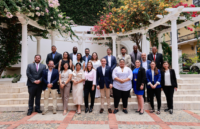
Mayors, focal points, and allies of the ACBC at the Summit of Mayors of the Alliance of Cities for the Biogeographic Chocó, Panama City Hall, April 4, 2025. Photo credit: Panama Municipality
Shared Urban Challenges Across the BC Mega Ecological Corridor
Leading up to the event, the NCS Program has been working with focal points in each city to identify common challenges and areas of common interest. Among the challenges identified, most cities highlighted the impacts of heat waves and urban heat island effects on public health and ecosystems, vulnerability to flooding due to inadequate infrastructure and lack of nature based solutions, poor waste management infrastructure, air and water pollution, unplanned urban growth leading to habitat loss for endemic species, and environmental crimes — such as illegal logging and mining, and the trafficking of flora and fauna. Many cities also noted a lack of adequate monitoring systems and technological tools to effectively track environmental impacts and enforce regulations.
“While many of the challenges are well known, it is striking to see how many cities are working in isolation and with limited resources to address the scale of the environmental challenges in the Biogeographic Chocó,” said Marcela Ángel, ESI’s Research Program Director. “The Biogeographic Chocó corridor needs scientific knowledge that cements its recognition at the international level, it needs political champions to lead an ambitious environmental policy agenda, and it needs projects and concrete funding to support ethnic and local communities who have been historical stewards of environmental resources in the region.”
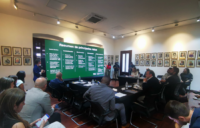
Presentation of shared urban challenges and biodiversity threats at the Summit of Mayors of the Alliance of Cities for the Biogeographic Chocó, Panama City Hall, April 4, 2025. Photo credit: Daniela Acosta, Cali’s International Relations Office
Six Strategic Lines of Action
With inputs from NCS diagnostic and facilitated discussions, the Alliance agreed to work towards six strategic lines of work.
- Strengthening Governance and Planning to Promote Nature-Based Solutions (NBS): Enhance the technical and planning capacities of municipal governments to integrate NBS into urban planning mechanisms, prioritizing green and blue infrastructures, reforestation and wetland restoration, and collaboration among cities to share and learn effective NBS practices.
- Prevention, Monitoring, and Control of Environmental Crimes: Integrate environmental protection into local and national security agendas and strengthen law enforcement to protect environmental leaders. Promote cooperation between local and national governments and leverage international expertise to develop and transfer monitoring systems and technological capacities with a focus on early warning systems to detect environmental harms.
- Development of Sustainable Value Chains: Support the transition to alternative bioeconomic models such as ecotourism, agroforestry, and food security initiatives, while improving community access to training, markets, and financing for the sustainable use and conservation of natural resources.
- Education, Knowledge Generation, and Transfer: Promote knowledge generation and sharing among sectors and member cities, integrating scientific, technical, traditional, and local ecological knowledge to protect biodiversity. Encourage environmental education through local schools and public awareness campaigns to strengthen a culture of environmental stewardship.
- Mobilization of Financial and Institutional Support: Attract financial resources and to support the operation of the Alliance and the implementation of priority international cooperation projects, and develop institutional partnerships with key stakeholders, including universities, multilateral agencies, private investors, and community-based organizations.
- Positioning of the Biogeographic Chocó and the Alliance: Increase international awareness of the Biogeographic Chocó as a critical ecological corridor by advancing scientific research, participating in global forums, and implementing strategic communications to build global support for the region and the Alliance.
To start to address the Alliance’s funding needs, Angélica Mayolo, MLK Fellow and Research Scholar at the MIT ESI’s NCS Program, outlined key opportunities from the Global Environment Facility (GEF) multilateral environmental funds and the International Climate Initiative (IKI). She stressed the existing alignment of these resources with three environmental priorities identified by many of the cities, mainly restoration of degraded ecosystems impacted by illegal mining, the promotion of the bioeconomy, and the strengthening of urban planning and green infrastructure capacities to enhance climate change adaptation across the BC region.
“Raising international awareness about the Biogeographic Chocó to attract greater investment for restoration, environmental protection, and community empowerment will not be possible unless those of us privileged to inhabit this natural paradise recognize its importance and commit to protecting and making its reality visible,” said Mayolo.
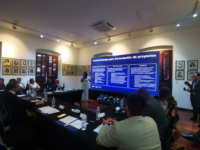
Presentation of funding pathways at the Summit of Mayors of the Alliance of Cities for the Biogeographic Chocó, Panama City Hall, April 4, 2025. Photo credit: Daniela Acosta, Cali’s International Relations Office
What Comes Next
This collaboration highlights an essential role of academia in addressing global environmental challenges, providing technical expertise and data, and partnering with local governments to implement applied environmental research. It demonstrates how cities — when united and backed by a network of academic and international cooperation institutions — can strengthen their efforts to protect biodiversity hotspots like the Biogeographic Chocó.
Over the next few months, the NCS team will play a key role in establishing a data baseline by collecting social, economic, geospatial, and environmental information from the region to better understand the current context of the member cities. Then, they can leverage the data to inform a strategic action plan that will be able to strengthen the cities’ collective capacities to conserve the Biogeographic Chocó.
“The Biogeographic Chocó Corridor is one of the five most strategic ecosystems on Earth, but it is local solutions that will best preserve and protect it,” Alejandro Eder, Mayor of Cali and President of the Alliance, said during the Summit of Mayors in Panama. “Protecting the Biogeographic Chocó is a shared responsibility that transcends borders. From Cali, we are proud to lead this Alliance, recognizing the urgent need to halt environmental degradation and promote sustainable development in harmony with biodiversity.”
For more on the NCS Program, check out their page on the MIT ESI website.

